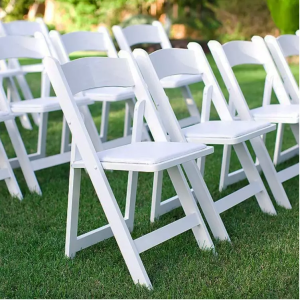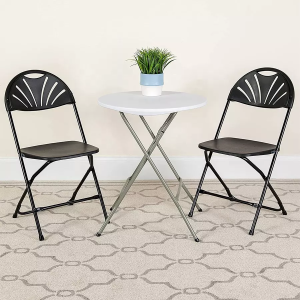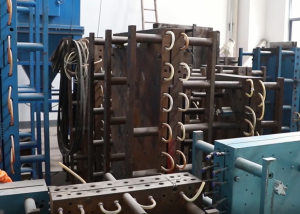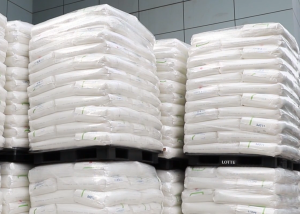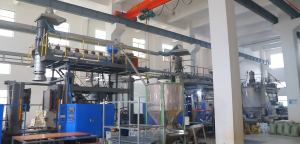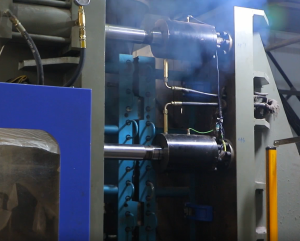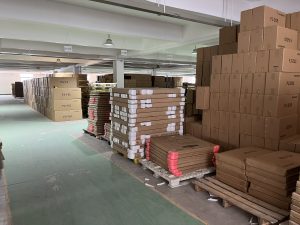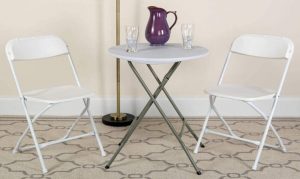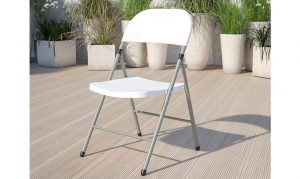More
Unveiling the Production Process of Injection Molding Plastic Folding Chairs
Unveiling the Production Process of Injection Molding Plastic Folding Chairs
Introduction:
When it comes to creating durable, versatile, and aesthetically pleasing chairs, polypropylene (PP) injection molding technology has become a popular choice in the furniture industry. Plastic chairs are known for their lightweight nature, affordability, and ability to withstand various environmental conditions. In this blog, we will delve into the fascinating production process behind these chairs and shed light on the key steps involved.
Design and Prototyping:
The journey of a plastic folding chair begins with meticulous design and prototyping. Skilled designers and engineers work closely to create innovative chair concepts, taking into account ergonomics, aesthetics, and functionality. Using computer-aided design (CAD) software, 3D models are developed, allowing for adjustments and refinements before moving forward.
Mold Creation:
Once the chair design is finalized, the next step is to create molds for the injection molding process. Skilled toolmakers use CNC machines and other specialized equipment to shape high-quality metal molds that mirror the chair’s desired form. These molds are typically made from steel or aluminum to withstand the high temperatures and pressures involved in the injection molding process.
Preparation of Raw Materials:
Polypropylene, a thermoplastic polymer, is the primary material used in folding chairs. To prepare the raw material, PP pellets or resin are carefully measured and mixed with any desired additives, such as colorants or UV stabilizers. This blending process ensures uniformity and consistency in the final product.
Injection Molding:
Injection molding is the heart of the production process for PP chairs. The mold, consisting of two halves, is clamped together in an injection molding machine. The prepared PP material is then heated to its melting point and injected into the mold cavity under high pressure. The injected plastic rapidly cools and solidifies within the mold, taking the shape of the chair. Precision control systems ensure accuracy and reproducibility throughout the injection process.
Cooling and Ejection:
After the injected PP material has cooled and solidified, the mold opens, and the newly formed chair is ejected. This step requires careful handling to prevent any damage to the chair or the mold. Any excess plastic, known as sprue or runners, is removed, recycled, and reused in subsequent production cycles, ensuring minimal waste.
Finishing and Assembly:
Once the chairs are ejected, they undergo various finishing processes to enhance their appearance and functionality. These may include trimming, sanding, and smoothing any rough edges. Additionally, any necessary assembly, such as attaching legs or armrests, is completed at this stage. Quality checks are performed to ensure that each chair meets the desired standards before moving on to packaging.
Packaging and Distribution:
The final step involves packaging the finished chairs in a way that ensures their protection during transportation and storage. Depending on the chair’s size and requirements, packaging can range from individual cartons to pallets for bulk orders. Proper labeling, branding, and documentation are added to facilitate inventory management and shipping logistics.
Conclusion:
The production process of plastic folding chairs exemplifies the blend of creativity, precision engineering, and advanced technology. From the initial design stages to the injection molding process and final finishing touches, each step contributes to creating chairs that are not only functional and affordable but also visually appealing. With its versatility and cost-effectiveness, the PP injection molding process continues to revolutionize the furniture industry, offering a wide range of chair designs that cater to various tastes and requirements.


